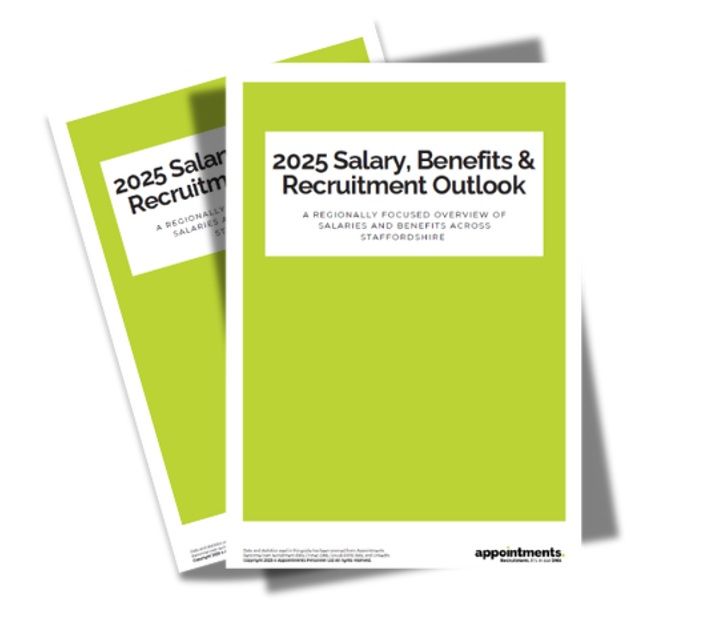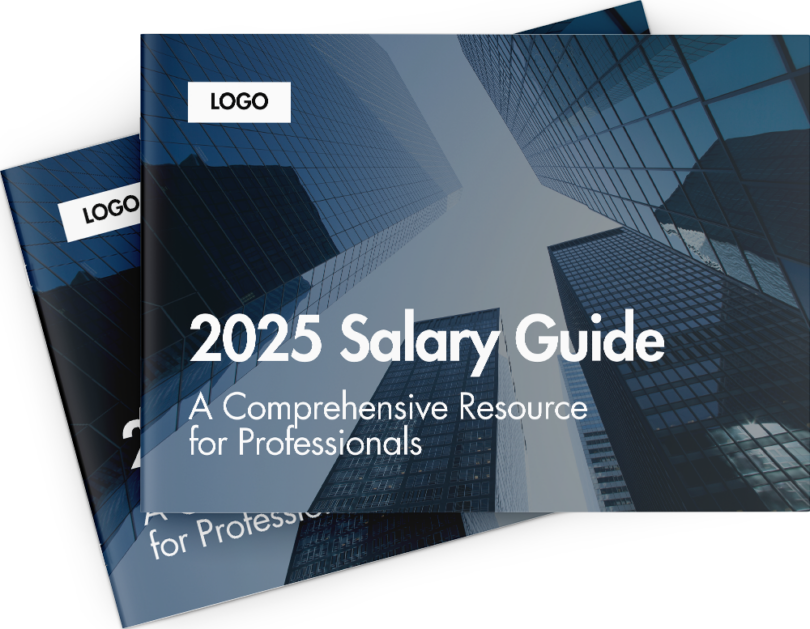
Share Article
How To Write A Brilliant Job Description
Creating a job description is a fundamental task for any hiring manager, but there’s a difference between a “good” job description and a “great” one. A good job description outlines the basics: the role, responsibilities, and qualifications. A great job description goes beyond the basics to attract top talent, clearly communicate expectations, and set the stage for a successful hiring process.
Here’s how to elevate your job descriptions from good to great.
1. Start with a Compelling Job Title
The job title is the first thing candidates see, so it’s crucial to make it clear, concise, and accurate. Avoid jargon or overly creative titles that might confuse applicants. Instead, use a title that reflects the role's level and function within the organisation.
For example, instead of "Marketing Guru", opt for "Digital Marketing Specialist" to ensure clarity.
2. Craft a Clear and Concise Summary
A great job description has a strong summary that encapsulates the essence of the role. This section should explain what the job entails and how it contributes to the company’s goals. Focus on what makes the position unique and why it’s an exciting opportunity.
For example: "As a Digital Marketing Specialist at [Company Name], you’ll be at the forefront of our online marketing strategies, driving brand awareness and engagement across multiple digital channels. Your creativity and data-driven approach will be key in shaping our online presence."
3. Define Key Responsibilities with Precision
It’s important to list the core responsibilities, but rather than creating a laundry list, focus on the most critical tasks that define the role. Use bullet points for clarity and start each with an action verb to create a dynamic and engaging list. Be specific about what success looks like in the role, which helps candidates visualise themselves in the position.
For example, instead of saying "Manage social media accounts", you could say "Develop and implement social media strategies that increase engagement by 20% within six months".
4. Highlight the Must-Have Qualifications and Skills
Candidates should clearly understand what qualifications are necessary to be considered for the role. Distinguish between essential and preferred qualifications to avoid discouraging potential applicants who may lack non-critical skills. Be specific about the experience, education, and technical skills required, but also consider including soft skills that are important for cultural fit.
For instance, instead of a vague requirement like "Strong communication skills", specify "Ability to communicate complex ideas clearly and effectively to both technical and non-technical audiences."
5. Emphasise the Company Culture and Values
A great job description doesn’t just describe the role—it sells the company. Candidates are increasingly looking for positions that align with their values and offer a positive work environment. Briefly highlight your company culture, mission, and values. What makes your organisation a great place to work? What can the candidate expect in terms of work-life balance, team dynamics, or professional growth opportunities?
For example: "At [Company Name], we foster a collaborative and innovative environment where your ideas are valued and your growth is prioritised. We believe in balancing hard work with a supportive team culture, and we’re committed to making a positive impact in our industry."
6. Be Transparent About Compensation and Benefits
While some companies prefer to keep salary details private, transparency in compensation and benefits can attract more qualified candidates. If you’re unable to list an exact salary, providing a range or stating that you offer competitive compensation can be beneficial. Additionally, highlight any unique perks or benefits that set your company apart, such as flexible working hours, remote work options, or professional development programs.
7. Review and Revise Regularly
A great job description isn’t static; it evolves as the role and company grow. Regularly review and update job descriptions to reflect any changes in responsibilities, required skills, or organisational goals. This ensures that your descriptions remain relevant and continue to attract the best talent.
Conclusion
A well-crafted job description is more than just a list of duties and qualifications—it’s an opportunity to engage potential candidates and showcase your company’s brand. By following these steps, you can transform a good job description into a great one that not only attracts top talent but also sets clear expectations for success.
Remember, a great job description is the first step in building a strong, cohesive team that drives your organisation forward.










